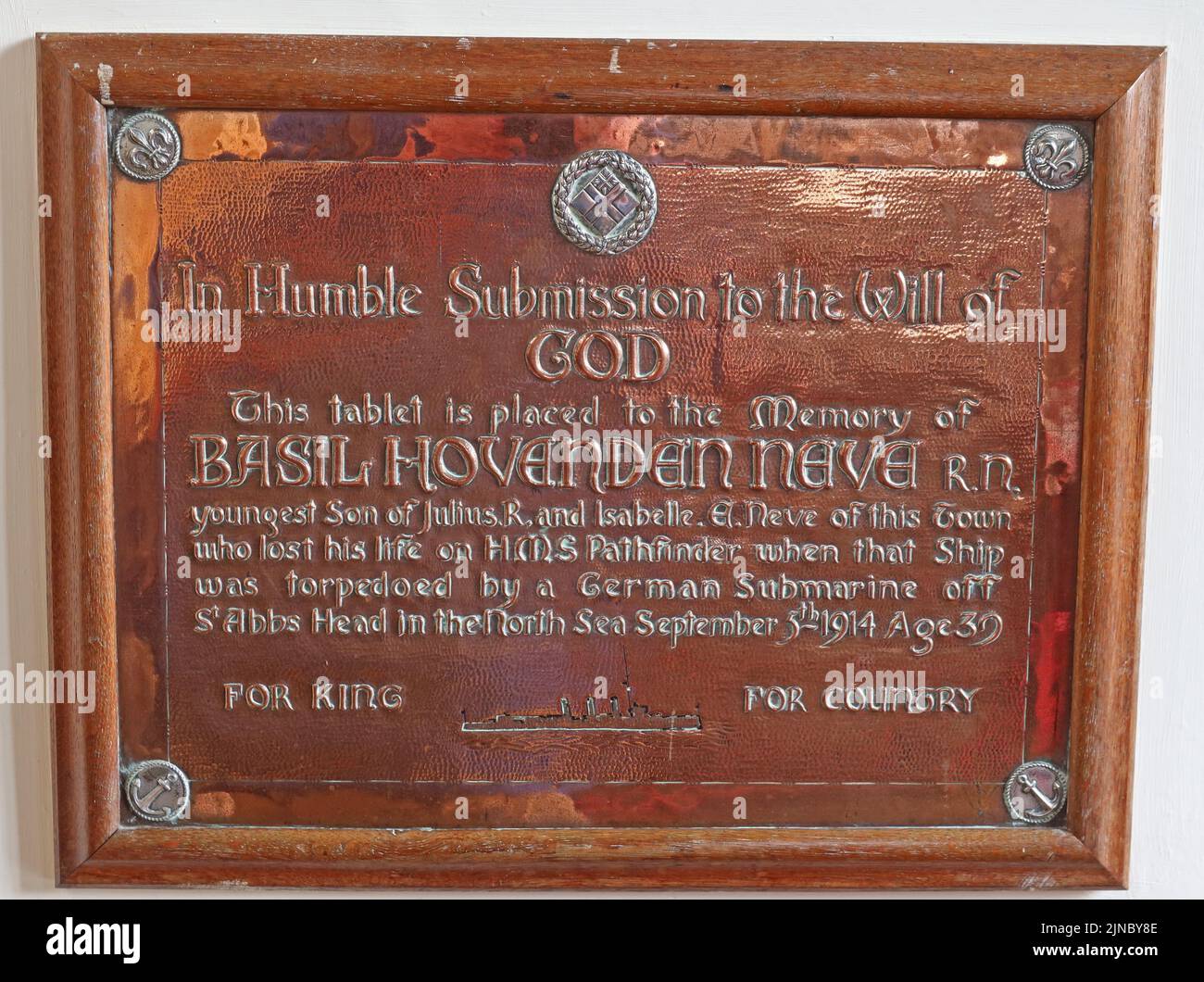Copper Basil Hovandan Nava plaque, at St James wool church ,Chipping Campden, Cotswolds, Oxfordshire, England, UK, GL55 6AA

Image details
Contributor:
Tony Smith / Alamy Stock PhotoImage ID:
2JNBY8EFile size:
43 MB (2.2 MB Compressed download)Releases:
Model - no | Property - noDo I need a release?Dimensions:
4487 x 3351 px | 38 x 28.4 cm | 15 x 11.2 inches | 300dpiDate taken:
31 July 2022Location:
Chipping Camden, Cotswolds, Cotswold, Oxfordshire, England, UK, GL55 6AAMore information:
The grand early perpendicular Cotswold wool church, Church of St James, with its medieval altar frontals (c. 1500), cope (c. 1400), and 17th century monuments includes a monument to silk merchant Sir Baptist Hicks and his family. As well, the Grade I listed Church of St James includes a plaque to William Grevel, described as "the flower of the wool merchants of all England". His home, the Grade I listed Grevel's House, was built c. 1380. It is not open to visitors. Chipping Campden is a market town in the Cotswold district of Gloucestershire, England. It is notable for its terraced High Street, dating from the 14th century to the 17th century. ("Chipping" is from Old English cēping, 'market', 'market-place'; the same element is found in other towns such as Chipping Norton, Chipping Sodbury and Chipping (now High) Wycombe.) A wool trading centre in the Middle Ages, Chipping Campden enjoyed the patronage of wealthy wool merchants, most notably William Greville (d.1401). The High Street is lined with buildings built from locally quarried oolitic limestone known as Cotswold stone, and boasts a wealth of vernacular architecture. Much of the town centre is a conservation area which has helped to preserve the original buildings. The town is an end point of the Cotswold Way, a 102-mile long-distance footpath. Chipping Campden has hosted its own Olympic Games since 1612.